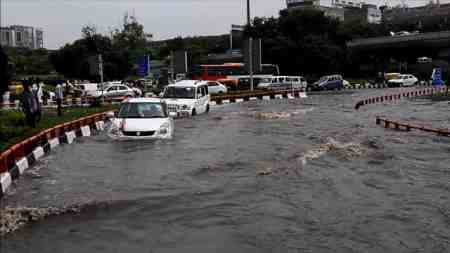Project Green Light, an innovative initiative by Google Research, aims to enhance traffic flow at intersections and curtail stop-and-go emissions. Urban and global greenhouse gas emissions stemming from road transportation are a significant concern, particularly at city intersections, where pollution levels can surge to 29 times higher than on open roads.
Approximately half of emissions at intersections result from the continuous stopping and starting of vehicles. Through the power of AI, Project Green Light has discovered a way to reduce these emissions by optimizing traffic signals.
The Green Light initiative, backed by Google Research, utilizes artificial intelligence and leverages Google Maps driving trends to model traffic patterns and offer recommendations for enhancing existing traffic signal plans. City engineers can swiftly implement these changes, utilizing their existing infrastructure. By optimizing not just individual intersections but also coordinating across multiple adjacent intersections to create synchronized waves of green lights, cities can significantly improve traffic flow and further mitigate stop-and-go emissions.
Numerous cities have already engaged with Project Green Light, and city officials are being encouraged to join the project.
Google reports that initial results indicate the potential for up to a 30% reduction in stops and a 10% reduction in emissions at intersections.
Green Light is presently active in 70 intersections across 12 cities, spanning from Haifa to Rio de Janeiro to Bangalore.
In intersections where Green Light is already in operation, this technology can save fuel and reduce emissions for up to 30 million car rides each month.
Green Light is already operational and making strides in reducing emissions at intersections in 12 cities, including Abu Dhabi, Bali, Bangalore, Budapest, Haifa, Hamburg, Hyderabad, Jakarta, Kolkata, Manchester, Rio de Janeiro, and Seattle.
- Press release







